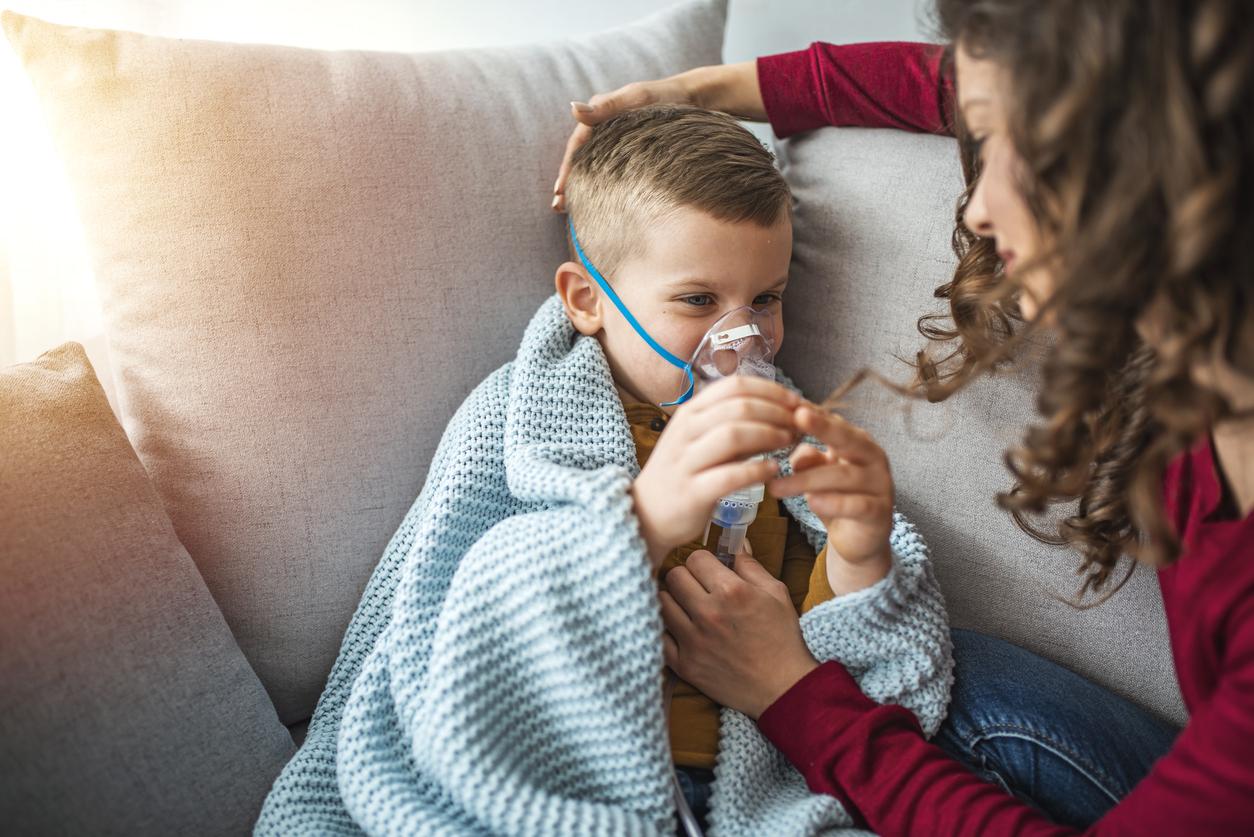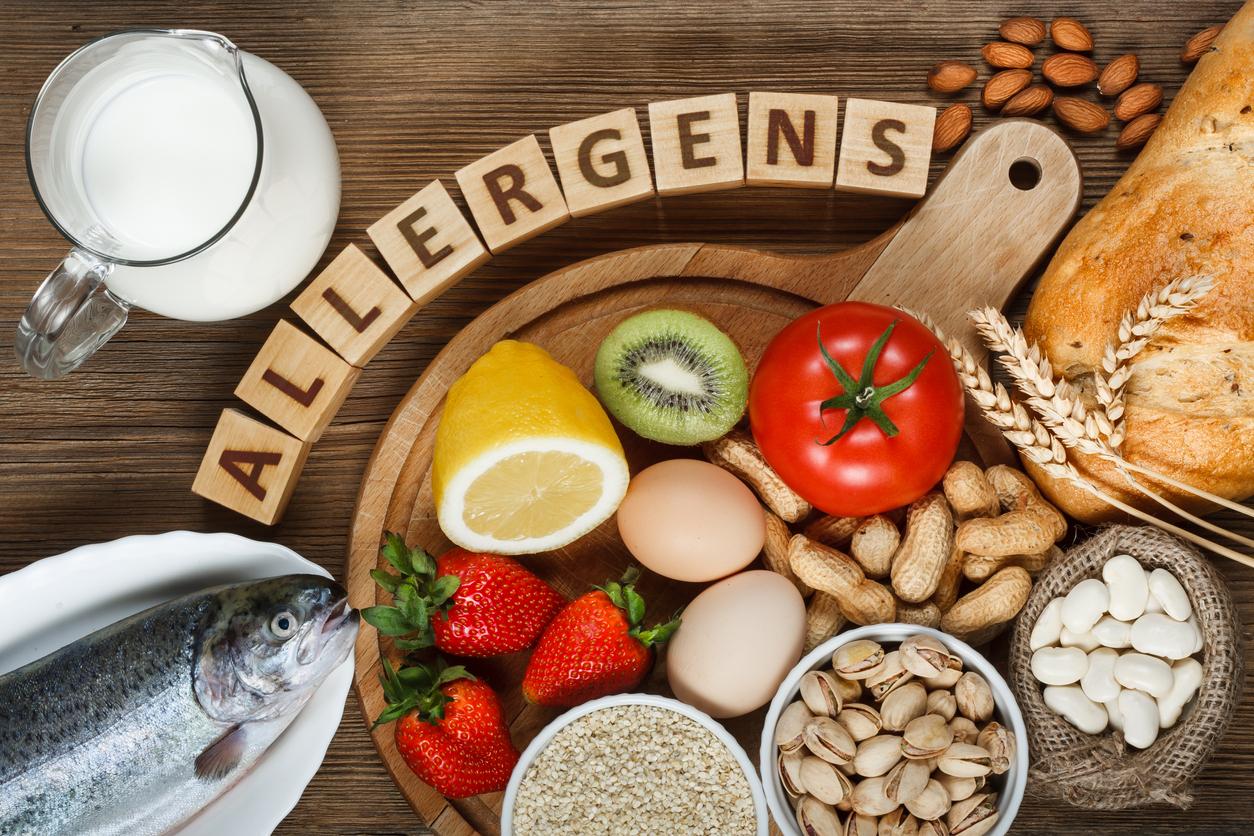Half of cosmetic products are to be avoided. Between allergens, irritants and other toxic products, the results of 60 million consumers are negative.

Shower gel, shampoo, toothpaste, cream, foundation… In its latest test, the magazine 60 million consumers follows the day of an ordinary woman. Baptized Madame T., she uses different cosmetic products. Half of them shouldn’t be used, according to the results. Parabens persist, despite the ban, and allergens accumulate.
93 cosmetic products, intended for both men and women, have been reviewed by experts from the National Consumer Institute. The result is edifying: one in two products contains allergenic, toxic or irritant products. In some shower gels, the INC has even found… ultra-violet filters!
Parabens continue
“When we know that a cosmetic can incorporate ten to twenty different molecules, sometimes even more, we can estimate that over 24 hours, one hundred to two hundred cosmetic ingredients were in contact with (the) skin”, deplores 60 million.
And it is phenoxyethanol that is most commonly used. 26 products, from face and body cream to cleansing milk and shaving foam, use this controversial antimicrobial.
Conversely, the other antibacterial triclosan has almost disappeared since its ban in shaving foams and aftershave in 2014. It is now only found in a brand of toothpaste, which remains very widely marketed. On the toothpaste side, precisely, the INC is surprised to find propylparaben – whose concentration is limited by the European Commission. Because parabens continue to be in great demand by cosmetic manufacturers. 4 brands still use it, including at the top of the range.
The bad student foundation
If the association The alarm is that many of the products tested are not intended to be rinsed. This is the case with body milks or face creams, which remain in contact with the skin all day. The endocrine disrupting action of parabens is therefore worrying.
But it is the allergens that are the most common problem: out of the 93 products tested, only 21 contain none. For the rest, the number of allergenic molecules can climb to 14. The foundation turns out to be a particularly bad student in the field … and a luxury brand “velvet” holds the record.
The only reassuring news: two compounds causing contact eczema, methylisothiazolinone (MIT) and methylchloroisothiazolinone (MCI) are relatively uncommon.
Focus on 4 products analyzed
Methylisothiazolinone (MIT): This inexpensive paraben substitute is used as a bioicide and preservative. It prevents the proliferation of bacteria and fungi in the products, but its concentration should not exceed 0.01%. This substance is controversial because it causes contact eczema in some people, which manifests as red patches and itching.
Methylchloroisothiazolinone (MCI): This organohalogen compound is also used to destroy microorganisms in cosmetic products. But in addition to causing contact eczema, it is suspected of releasing formaldehyde, a known human carcinogen.
Triclosan: Used as an anti-bacterial, it is prohibited in shaving foams and aftershave products for its suspected endocrine disrupting effect. But this bioicide, which can cross the skin barrier and mucous membranes, is still allowed in toothpastes, soap, spray deodorant, face powder, foundation, and nail cleaners – though its concentration is limited to 0.3%.
Phenoxyethanol: This antimicrobial is pointed out for its allergenic and toxic effects on the blood and the liver. Since 2002, a European regulation limits its concentration to 1%, but it remains very widely used in many products.
.















